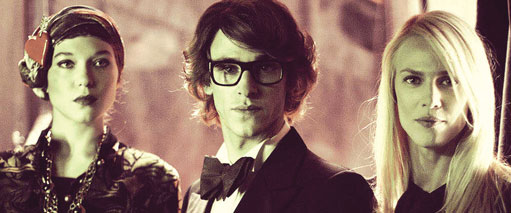Film Review: Saint Laurent
French Biopic About Famed Fashion Designer Gives Us Glorious Surface, Poor Structure


baby!”
Latest Article|September 3, 2020|Free
::Making Grown Men Cry Since 1992


baby!”